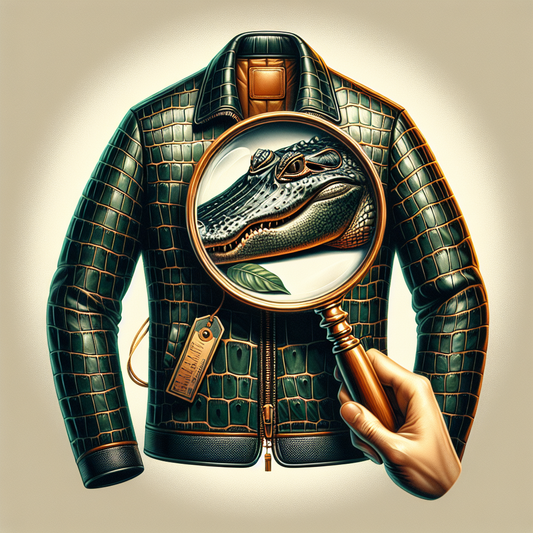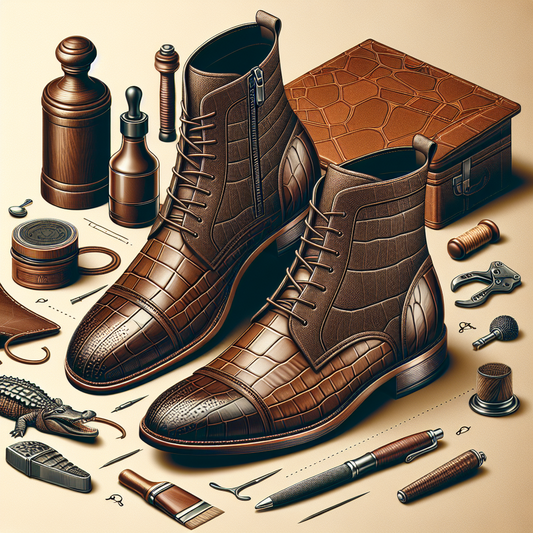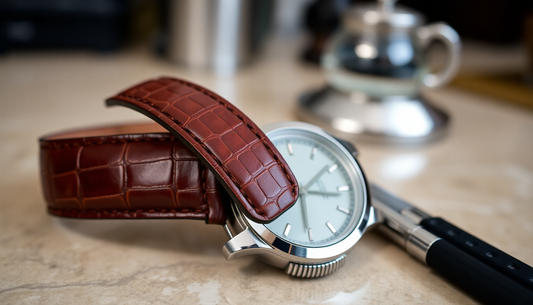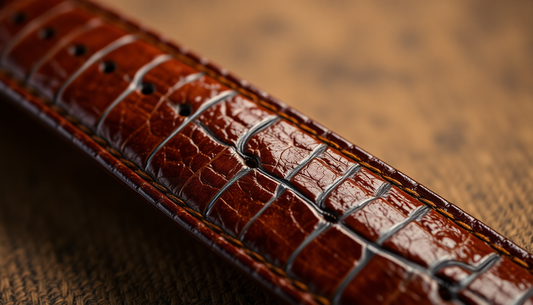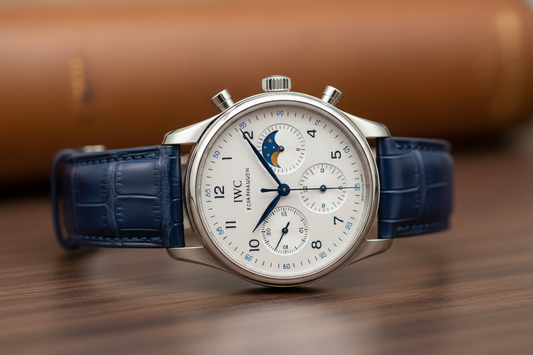Why is Leather So Expensive? A Deep Dive into the Factors Driving Up Prices
The Allure of Leather: Why We Value It So Highly
Leather, a material that has graced humanity for centuries, holds a unique place in our world. Its natural beauty, tactile qualities, and enduring durability have made it a symbol of luxury, sophistication, and timeless style. From the rugged charm of a vintage leather jacket to the elegant sheen of a handcrafted leather bag, leather has woven itself into the fabric of our lives, embodying a blend of practicality and aesthetic appeal. But behind this allure lies a fascinating story of complexity, resourcefulness, and careful craftsmanship. Why is leather so expensive? Let's explore the intricate factors that contribute to its high price tag.
The Long and Winding Journey: From Hide to Finished Product
The journey of leather, from the raw hide of an animal to the finished product we cherish, is a testament to human ingenuity and skill. It's a journey marked by both traditional techniques and modern innovation, each step adding to the final cost. Here's a closer look at the process and the expenses involved:
- Sourcing the Hide: The story begins with the source of the hide. High-quality leather often comes from carefully selected breeds of animals, raised in specific regions with ideal conditions for optimal hide quality. For example, certain breeds of cattle are prized for their thick, strong hides, while others are known for their fine grain and supple texture. The choice of animal breed plays a significant role in the final characteristics of the leather, impacting its price. This selective sourcing ensures the right texture, thickness, and strength for the final leather product. Factors such as the animal's age, diet, and living conditions all impact the quality of the hide, affecting its final value.
- Tanning: Tanning, a crucial process of preserving and transforming the raw hide, is a complex and ancient craft. Traditionally, tanning involved natural ingredients like tannins extracted from tree bark. These tannins, rich in polyphenols, interact with the collagen in the hide, stabilizing it and preventing decay. This traditional method, while slow and labor-intensive, produced leather with a unique character and patina that developed over time. However, modern tanning processes often utilize chemicals to achieve specific properties like color, softness, and water resistance. These chemical treatments, while efficient, require specialized equipment, expertise, and careful control to ensure the hide's durability and aesthetic appeal. The choice of tanning method, whether traditional or modern, influences the leather's characteristics and, consequently, its price.
- Leather Types and Their Uniqueness: The world of leather offers a diverse range of types, each with its own distinct characteristics. Cowhide, the most commonly used leather, is known for its durability and versatility. It's widely used in everything from jackets and belts to furniture and car interiors. Lambskin, prized for its softness and luxurious feel, is often used in high-end garments, gloves, and accessories. Then there are the exotic leathers, such as crocodile, alligator, and python, which possess a unique beauty and rarity that commands premium pricing. The scales of these reptiles create distinctive patterns on the leather, adding a touch of opulence and exclusivity to any product. The demand for Men’s crocodile leather fashion and Crocodile leather fashion accessories, for example, has propelled these exotic leathers into a league of their own. Their limited availability, meticulous processing, and unique aesthetics make them highly coveted, driving up their price significantly.
- Manufacturing Craftsmanship: Transforming tanned leather into finished products requires meticulous craftsmanship. Skilled artisans meticulously cut, stitch, and finish leather pieces, ensuring precision and durability. This process often involves hand-stitching, a time-consuming and labor-intensive technique that elevates the quality and value of the final product. Each stitch is carefully placed, creating a strong and aesthetically pleasing seam that adds to the leather's longevity. The use of specialized tools and techniques, combined with the artisan's expertise, ensures that the final product is not only durable but also aesthetically pleasing. The more intricate the design and the higher the level of hand-craftsmanship, the greater the value of the finished leather product.
Beyond Production: Factors Influencing Leather's Value
The cost of leather goes beyond the production process. Several other factors play a significant role in determining its price, including:
- Supply and Demand: The global demand for leather goods remains strong, fueled by a desire for timeless style, durability, and a touch of luxury. However, the supply of high-quality hides often struggles to keep pace with this demand, especially for exotic leathers. The limited availability of these leathers, coupled with the growing demand from fashion houses and luxury brands, creates a scenario where demand outstrips supply, driving prices upward. This is particularly true for Crocodile leather fashion accessories, where the limited availability of the hides and the intricate craftsmanship involved in processing them result in a high price tag. The luxury segment, with its discerning clientele and appreciation for unique, handcrafted items, further fuels the demand for these exotic leathers.
- Sustainability and Ethical Considerations: In recent years, the leather industry has faced growing scrutiny regarding its environmental and ethical practices. Consumers are increasingly demanding transparency and accountability from brands regarding the sourcing of their leather. Ethical concerns about animal welfare and the environmental impact of leather production have prompted a shift towards sustainable leather practices. Sustainable leather production, which prioritizes responsible sourcing, minimal environmental impact, and humane treatment of animals, is gaining traction. Brands embracing sustainable practices often incorporate additional costs to ensure their leather meets ethical standards. These costs may involve sourcing from certified farms that adhere to strict animal welfare guidelines, implementing environmentally friendly tanning methods, and ensuring traceability throughout the supply chain. This shift towards ethical sourcing is reflected in the pricing of sustainable leather goods. Consumers willing to pay a premium for ethically sourced and sustainably produced leather are contributing to a more responsible leather industry.
- Durability and Longevity: One of leather's greatest strengths is its remarkable durability. A well-maintained leather product can last for decades, outlasting many other materials. This inherent longevity makes leather a valuable investment. Consumers are willing to pay a premium for a product that will stand the test of time and offer long-term value. Leather furniture, for example, is known for its timeless appeal and ability to withstand the wear and tear of daily use. A quality leather sofa, with proper care, can become a cherished heirloom, passed down through generations. This durability and longevity are reflected in the price tag, as consumers recognize the value of a product that will stand the test of time.
- The Value of Handcrafted Detail: Leather goods that showcase intricate craftsmanship, particularly hand-stitched pieces, command a higher price. The time, skill, and artistry invested in these items contribute to their uniqueness and value. The painstaking attention to detail and the legacy of traditional techniques elevate these leather goods to a level of craftsmanship that is highly sought after. Hand-stitched leather goods often feature intricate patterns, precise stitching, and unique details that are a testament to the artisan's skill. This level of craftsmanship requires time, expertise, and dedication, making these items valuable investments that are appreciated for their beauty and durability.
Understanding the Price: A Complex Equation
The price of leather is not simply a reflection of the cost of production. It is a culmination of various factors that intertwine to create a complex equation. From the sourcing of hides and the intricacies of tanning to the skilled craftsmanship and the growing emphasis on sustainability, each element contributes to the final cost. While leather may seem expensive, its inherent qualities of durability, longevity, and timeless elegance continue to make it a cherished material for discerning individuals seeking a touch of luxury and sophistication. Leather's versatility, ability to age beautifully, and its enduring appeal as a classic material ensure that it will remain a sought-after commodity in the years to come.



